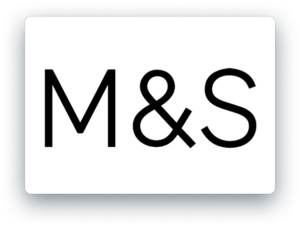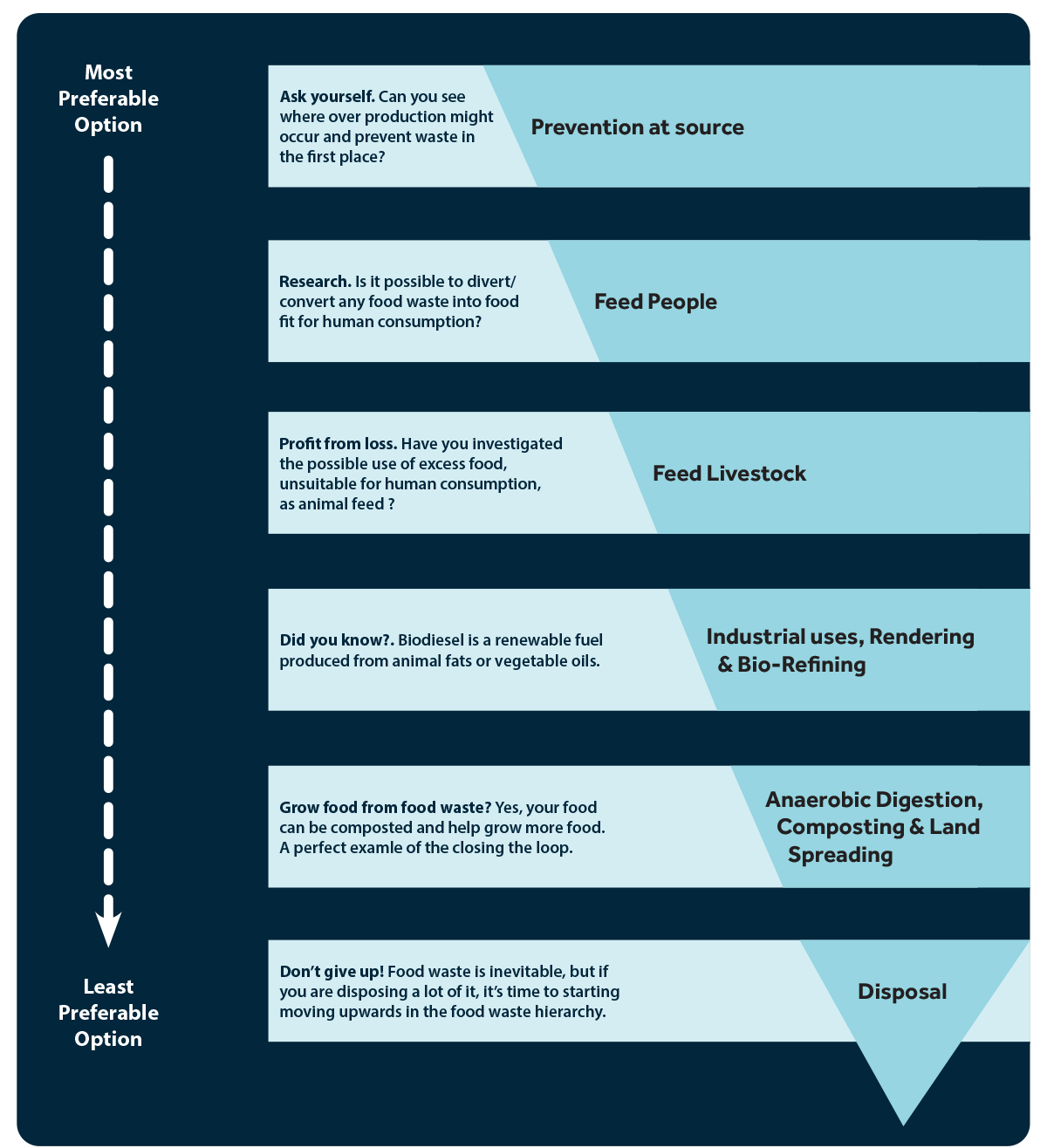So it begins...
Thank you for signing up to Ireland’s Food Waste Charter and joining other Irish food and drink sector businesses in our national efforts to reduce food waste.
Watch: Nicholas Reynolds, Head of ESG at O’Brien Fine Foods interviewed here on how measuring food waste has led to them making significant savings.
Case Studies for More Inspiration

Company: Ballymaguire Foods
Goal: Reduce food waste in their operations by 50% by 2030.
Method:
Ballymaguire operate on a demand and order basis.They rely on Tesco to give them a heads-up on predicted order- size depending on demand.
This helps them to cut back on surplus production.They monitor just how much of the ingredients they are cooking and slicing, to get a better idea of how much should be going into each product, further reducing the amount of waste.
Good time management, better grouping and planning allow for a decrease in shelf-life waste.
The production process is also monitored and studied to figure out if there can be any improvements, which leads to a reduction in waste (to 3.8%).
Finally, surplus foods are donated to food charities that go towards those in need.

Company: Marks & Spencer
Goal: Reducing Food Waste through Retail Supply Chain Collaboration
Method:
The short shelf life of sandwiches coupled with unpredictable demand from consumers due, for example, to the weather and other factors can lead to high levels of waste.
Marks & Spencer provides a wide range of sandwiches (including ingredients) for their customers with different types varying in their popularity.
By obtaining a fuller understanding of the contribution made by all sandwich lines and taking action with Uniq to review the range, both businesses have seen a substantial reduction in their costs.
For Marks & Spencer this has been achieved through reduced stock and lower write–off. For Uniq there are fewer change-overs and improved revenues as they are able to push sales without driving up waste.
For more on this case study have a look here
Do you know the food use hierarchy?
The food use hierarchy focuses on delivering the best environmental option for dealing with food waste. ‘Prevention’ is therefore at the top of the inverted pyramid as the best option and, at the bottom, the least preferable option is ‘disposal’.

Make your pledge today
Join other Irish food and drink sector businesses and pledge your commitment to reduce food waste now.
